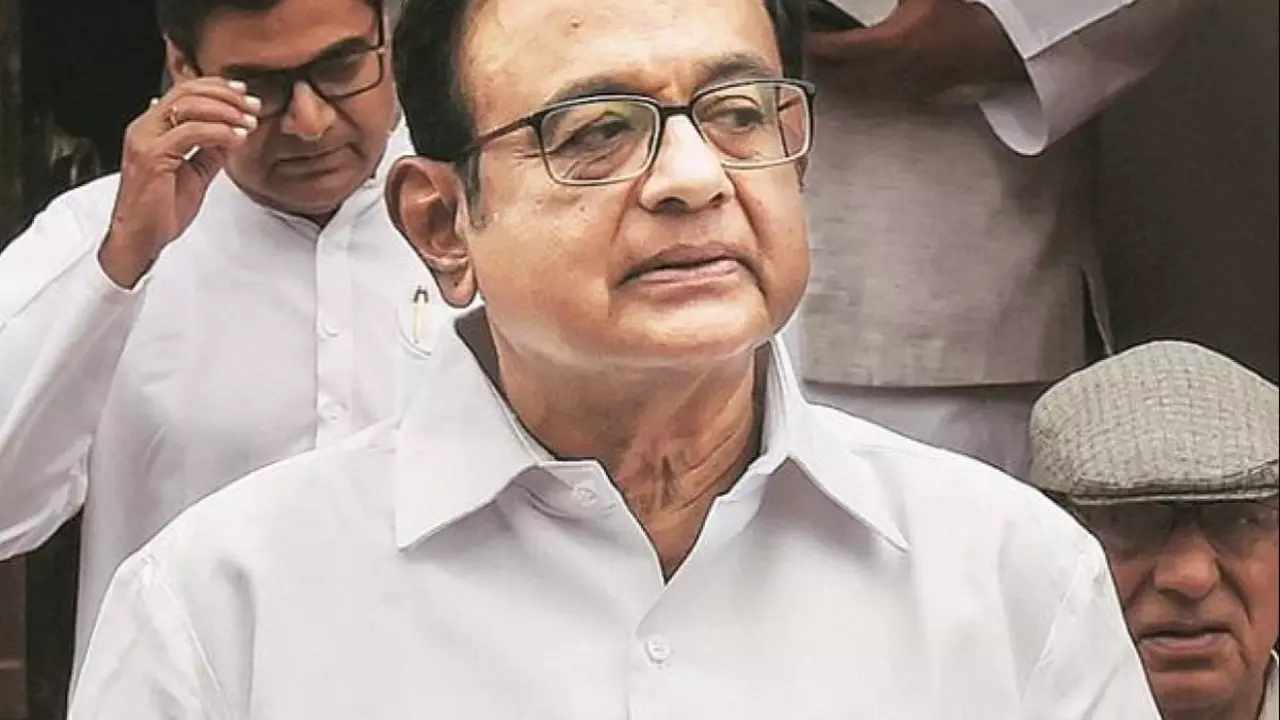Media Ownership: Who Controls India’s News Outlets?
Ever noticed how some stories feel tilted toward a certain angle? That’s rarely a coincidence. In India, a handful of families and conglomerates own most of the newspapers, TV channels, and digital platforms you read every day. Knowing who’s behind the headlines helps you question the ‘why’ behind the ‘what.’
Big Players in Indian Media
At the top of the list sits The Times Group, officially Bennett, Coleman & Co. Ltd. The Sahu Jain family bought the newspaper in the early 1900s and have since expanded into TV, magazines, and online portals. Their flagship paper, The Times of India, reaches millions across the country, and the group’s influence seeps into everything from advertising rates to political coverage.
Close behind are the Kasturi family who run The Hindu, a newspaper known for its editorial independence. Their ownership model is a mix of family control and a limited public shareholding, which keeps the editorial board relatively insulated from commercial pressure.
Other notable owners include the Network18 Group (owned by Reliance Industries) that runs TV18, News18, and several digital news sites, and the NDTV founders, the Rao family, who still hold a significant stake despite recent financial challenges. Each of these owners brings a distinct agenda—whether it’s market expansion, political influence, or brand reputation.
Why Ownership Matters
Ownership shapes everything from story selection to language tone. When a media house is tied to a big business, you’ll often see coverage that favors that business’s interests. For example, a report on the Times Group’s advertising revenue might highlight its growth while downplaying any criticism of its editorial stance.
Recent events illustrate the impact. The Bengal Files review controversy showed how a missing article on a popular review site raised questions about online news transparency. When a story disappears, it’s often because the platform’s owners decided it didn’t fit their narrative or could hurt their partnerships.
Understanding these links helps you spot bias. Ask yourself: Who profits if a story wins? Who might lose? A quick check of the outlet’s ownership can answer that.
Here’s a practical checklist you can use every time you read a news piece:
- Identify the outlet’s owner – a quick Google search usually reveals the parent company.
- Check if the owner has business ties to the story’s subject.
- Look for other outlets covering the same news – do they present different angles?
- Notice the language – is it overly positive or negative?
Applying these steps turns you from a passive reader into an active media detective.
In short, media ownership isn’t just a footnote; it’s a lens that shapes every headline you see. By knowing who’s pulling the strings, you can better judge the credibility of the news and protect yourself from one‑sided reporting. Stay curious, ask questions, and keep scrolling with a critical eye.
